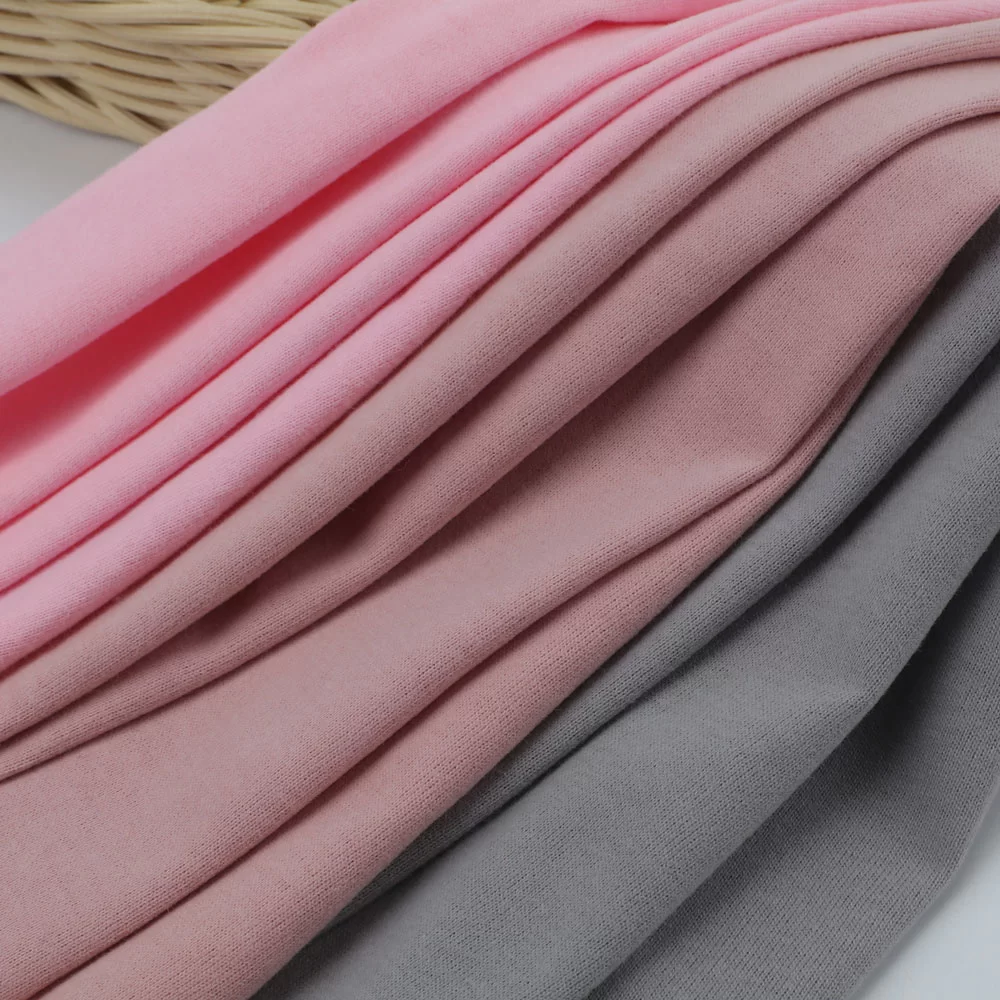World Class Textile Producer with Impeccable Quality

World Class Textile Producer with Impeccable Quality

Knitting is the use of knitting needles to bend yarn into loops and loops to form fabrics. Knitting is divided into weft knitted fabric and warp knitted fabric. At present, knitted fabrics are widely used in clothing fabrics, linings, home textiles and other products, and are loved by consumers.
Scalability. Knitted clothing is made of yarns that are bent into loops and interlaced with each other. There is a large room for expansion and contraction of the coils up and down, left and right. Therefore, it has good elasticity. bending and other requirements.
Softness. The raw materials used in knitted clothing fabrics are fluffy and soft yarns with a small twist. The surface of the fabric has a layer of tiny suede, and the tissue composed of loops is loose and porous, which reduces the friction between the skin and the surface of the fabric when worn. Gives a comfortable and gentle feeling.
Hygroscopicity and air permeability. Because the loops that make up the knitted fabric are intertwined, countless isolated air pockets are formed inside the fabric, which has good warmth retention and breathability.
Wrinkle resistance. When the knitted fabric is subjected to wrinkling force, the coils can be transferred to adapt to the deformation under the force; when the wrinkling force disappears, the transferred yarn can quickly recover and maintain its original state.
Scalability. Knitted clothing is made of yarns that are bent into loops and interlaced with each other. There is a large room for expansion and contraction of the coils up and down, left and right. Therefore, it has good elasticity. bending and other requirements.
Softness. The raw materials used in knitted clothing fabrics are fluffy and soft yarns with a small twist. The surface of the fabric has a layer of tiny suede, and the tissue composed of loops is loose and porous, which reduces the friction between the skin and the surface of the fabric when worn. Gives a comfortable and gentle feeling.
Hygroscopicity and air permeability. Because the loops that make up the knitted fabric are intertwined, countless isolated air pockets are formed inside the fabric, which has good warmth retention and breathability.
Wrinkle resistance. When the knitted fabric is subjected to wrinkling force, the coils can be transferred to adapt to the deformation under the force; when the wrinkling force disappears, the transferred yarn can quickly recover and maintain its original state.
Usually 100% cotton single jersey is composed of continuous loops. Its texture is light and thin, with good extensibility, elasticity and air permeability, which can better absorb sweat and make it cool and comfortable to wear. It mainly designs undershirts for summer wear, including round neck shirts, lapel shirts, vests and other styles.

In a broad sense, it is a general term for the concave-convex style fabrics of knitted loops. The interlaced configuration of coils and tuck hanging arcs is used to form a mesh, also known as bead fabric. In a narrow sense, it means a 4-way, one-cycle concave-convex fabric woven by a single-sided circular machine. English name: Pique Because the back of the fabric has a square shape, it is often called a square mesh in the industry.
There is also a common double piqué. Because the back of the fabric has a hexagonal shape, it is often called hexagonal mesh in the industry. English word: Lacoste. Because the concave-convex structure on the back is similar to a football, it is also called football mesh. This fabric is generally used as the front of the garment in the reverse hexagonal style.
A ribbed knitted fabric is a knitted fabric in which a yarn is sequentially formed into a wale on the front and back. The common ones are 1+1 rib (flat rib), 2+2 rib, spandex rib.
Rib knitted fabric has the looseness, hemming and extensibility of plain weave fabric, and also has greater elasticity.
The excellent elasticity of ribbed cloth can be used to make collars, cuffs and hems of shirts and trousers, as well as for sewing undershirts, vests, sportswear and stretch shirts.
Double-rib fabric Double-rib fabric is also called “cotton fleece”. Because the front and back are almost the same, it is also called “double-sided cloth”. Cotton woolen cloth is thicker in texture and strong in warmth retention. It is widely used and has a variety of varieties. It is mainly designed for cotton sweaters and sportswear. The product is soft to the touch, has good moisture absorption and air permeability, and is close to the body to keep warm, suitable for wearing in spring, autumn and winter.
French terry is a variety of knitted fabric. When weaving, some yarns appear as coils on the rest of the fabric according to a certain proportion and stay on the surface of the fabric, which is called terry cloth. It can be divided into single-sided terry and double-sided terry.
Terry cloth is usually thicker, and the terry part can hold more air, so it is warm and is mostly used for autumn and winter clothing. The loop part has been brushed and can be processed into fleece, which has a lighter and softer feel and better thermal performance.